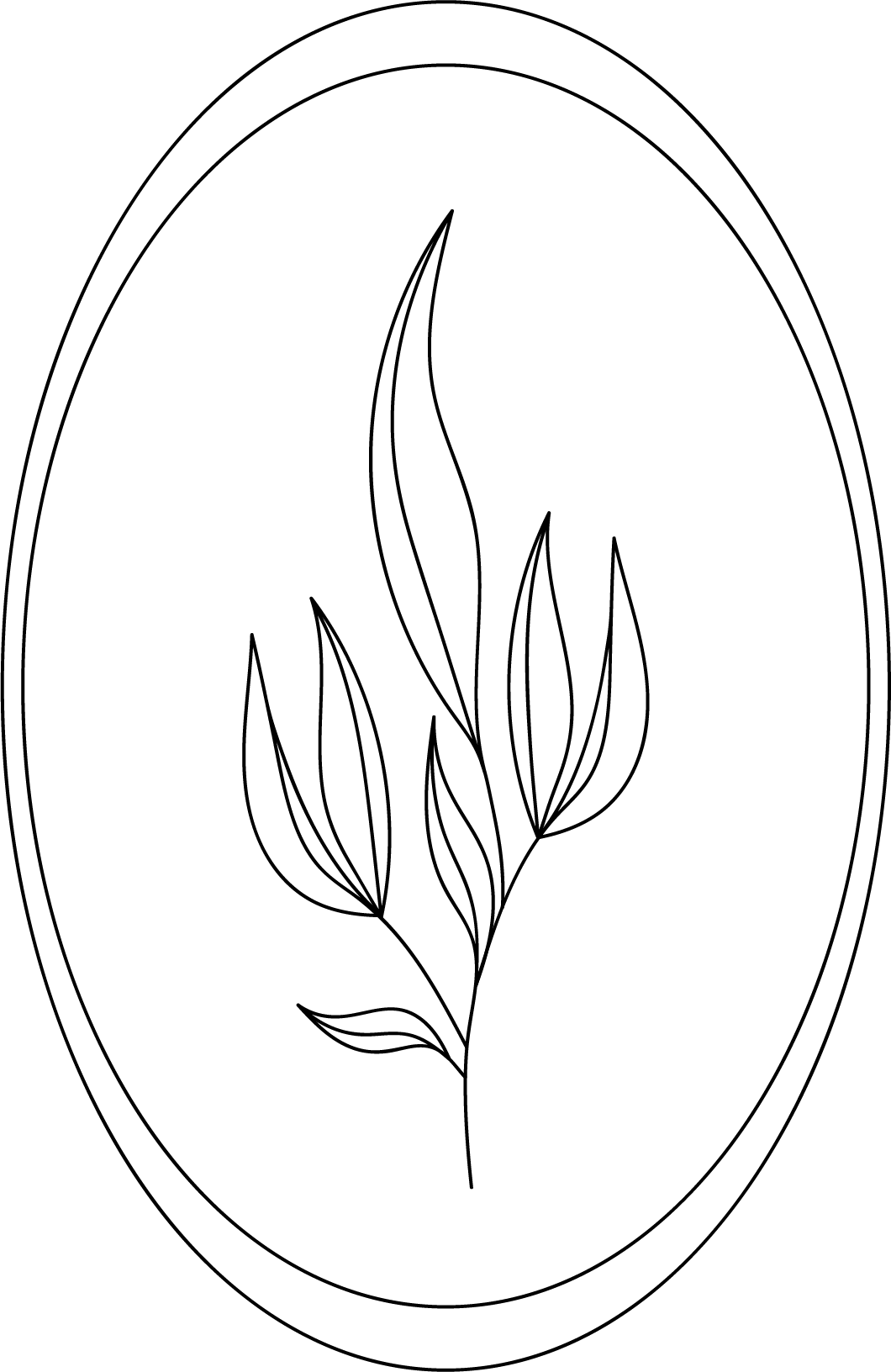Supplement Deep Dive: Creatine
What is creatine?
Creatine is a non-essential amino acid compound found naturally in foods including red meat and seafood. It’s stored in organs including the brain, kidney, liver, and testes (in males) although the majority (95%) is stored in skeletal muscle. Individuals require 1-3g of creatine per day to maintain normal creatine stores, half of which is obtained from the diet and the remaining is endogenously produced by the liver and kidneys. However, some individuals require additional creatine needs including vegetarians (as the common sources of creatine are found in animal products), those who genetic deficiencies and larger athletes engaging in intense exercise.
What are the benefits?
Creatine is one of the most well-researched and popular supplements used by the athletic and sports community. The main use of creatine supplementation is for its beneficial effects to gain lean muscle mass and to improve athletic performance. Creatine acts as an ergogenic aid for power or strength athletes engaging in bouts of high-intensity exercise separated by short recovery intakes (Antonio et al., 2021). Supplementation with creatine generally results in a 10-20% improved performance.
Athletes and sports enthusiasts will also benefit from creatine’s beneficial effects on improving recovery from intense training, injury prevention and minimising atrophy in injured athletes. Multiple studies have demonstrated creatine users experience less muscle cramping, inflammation and muscle damage when compared to control groups, (Kreider et al., 2017). It has shown a positive impact on muscle oxidative impairments when the muscle is disused from injuries, and once the athletes return to their training program, they experience an increased rate of muscle growth & strength gains.
Concussions and traumatic brain injury are a growing concern for athletes involved in certain sports including boxers, AFL and NRL. Brain injuries including concussions have been associated with increased risks for dementia, cognitive decline, and mental health disorders. A 2006 study reported children adolescents who supplemented with creatine resulted in significant improvements in their traumatic brain injury including reduced post-traumatic amnesia, hospital stay and improved neuro-physical, social, and cognitive symptoms (Sakellaris et al., 2007). Due to the compelling evidence of the neuroprotective effects of creatine, the International Society of Sports Nutrition (ISSN) now recommends athletes who engage in sports that risk concussion supplement with creatine (Kreider et al., 2017).
Which creatine should I take?
Creatine monohydrate is the most researched and bioavailable form of creatine. There are many forms claiming to be superior but these are not based on scientific evidence but only anecdotal claims originating from supplement companies.
Do I need to ‘load’ creatine?
Whether an individual chooses to creatine ‘load’ is dependent on their goals. Those who wish to obtain the benefits of creatine within a short time frame should follow the creatine-loading protocol. The loading protocol involves supplementing with creatine at doses of 20-25g in divided doses of 5g per day for 5-7 days, followed by maintenance dosages of 3-5g of creatine per day. However, taking larger doses of creatine may lead to adverse effects including gastrointestinal upsets and water retention.
Individuals who intend to supplement with creatine over long periods and wish to minimise potential adverse effects should follow the ‘maintenance’ dosage and skip the creatine loading protocol. They will still experience improvements in muscle mass, sports performance, and exercise recovery but at a more gradual rate.
Are there any side effects?
Studies have demonstrated creatine to be tolerated well by most individuals and long-term supplementation (upwards of 20g daily for 5 years) to be safe (Kreider et al., 2017). Individuals may experience a slight weight gain (1-3kg) during creatine loading from water retention in the short term, but it does not change the total body water relative to muscle mass over a longer time frame (Antonio et al., 2021).
Finally, rugby players who took creatine as part of a 2009 study experienced increased dihydrotestosterone (DHT) levels. Elevated DHT levels are linked to male pattern baldness levels and whilst theoretically creatine may increase symptoms of elevated DHT levels (such as male pattern baldness) there have been no human studies to demonstrate this adverse effect (Antonio et al., 2021).
REFERENCES
Antonio, J. et al. (2021) “Common questions and misconceptions about creatine supplementation: What does the scientific evidence really show?,” Journal of the International Society of Sports Nutrition, 18(1). Available at: https://doi.org/10.1186/s12970-021-00412-w.
Kreider, R.B. et al. (2017) “International Society of Sports Nutrition Position Stand: Safety and efficacy of creatine supplementation in exercise, sport, and medicine,” Journal of the International Society of Sports Nutrition, 14(1). Available at: https://doi.org/10.1186/s12970-017-0173-z.
Sakellaris, G. et al. (2007) “Prevention of traumatic headache, dizziness and fatigue with creatine administration. A pilot study,” Acta Paediatrica, 97(1), pp. 31–34. Available at: https://doi.org/10.1111/j.1651-2227.2007.00529.x.
